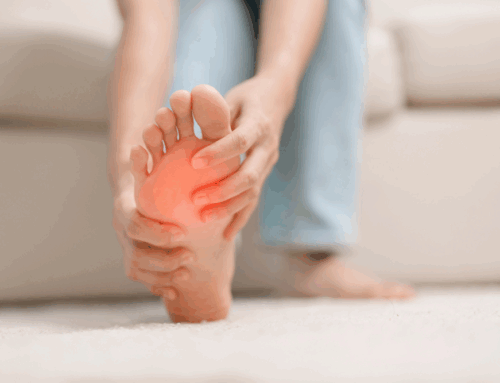Mild knee pain after hiking, or hiker’s knee, can manifest in different ways, such as a throbbing pain, a burning sensation, or a dull ache. Fortunately, if you love hiking and hate how your knees feel on the trail or after your hike, there are some things you can do to get your knees trail-ready. Here we look at how you can reduce knee pain while walking, plus some handy tips from Whitefish Chiropractic Center.
Best Stretches to Do Before Hiking
Trail hiking involves walking on uneven terrain. These repeated movements can put significant stress on the knees, potentially leading to injuries. In addition, problems with certain key muscles and joints, such as those on your lower back, carves, hips, and ankles, can impact knee stability, causing the knee to overcompensate. The result is increased strain on the knees.
Targeted hikers’ knee stretches prepare your body for a hike by strengthening the muscles surrounding your knees, granting you greater range of motion and flexibility, and reducing knee pain after hiking. Here are some great pre-hike warm-up stretches to include in your routine and how to do them:
Tri-planar Calf Stretches
Calf stretches work on the calf muscles to reduce stiffness, which could impact ankle mobility and flexibility.
Instructions:
- Step up to a wall and place your hands on the wall for support
- Place your forefoot up against the wall and keep your knee straight
- Lean straight forward until you feel a good stretch on your calf, then repeat this movement 8-10 times
- Repeat step 3, this time while stretching towards your right, then towards your left
- Repeat steps 3 and 4 on the other leg 2-3 times a day
90/90 Get Up
90/90 get-ups get your glutes and hips active while keeping your core engaged. The goal is to strengthen your core and improve hip mobility and stability.
Instructions:
- Sit on the floor and position your knees and legs such that they are at a 90-degree angle
- Engage your core until you feel a bit of pressure in your belly
- Lean forward while keeping your spine straight till you feel some pressure on your downside hip
- Lift your hips while keeping your hands forward. You can also use a ball to support your hands
- Lower yourself back down really slowly, focusing on making controlled movements
- Switch sides and repeat steps 2-5
Banded Joint Mobilization Stretch
A banded joint mobilization stretch can help enhance ankle stability and provide knee pain relief for hikers with ankle mobility problems.
Instructions:
- Secure a strong band to a stable object
- Loop the band around the ankle
- Push the knee forward over the toes
- Aim for 12-15 reps on each leg
Tri-planar Calf Stretches for the Soleus Muscle
While tri-planar calf stretches that target the gastrocnemius muscle (discussed above) can help improve ankle mobility, consider adding another calf stretch variation that targets the soleus muscle.
Instructions:
- Place your foot on an elevated surface
- Push the knee forward over the toes
- Hold for a second or two, then come back
- Aim for 10-12 reps on each leg, three times a day
How Can Chiropractic Services Help with Hikers Knee Pain?
Pre- and post-hike stretches and warm-ups can help reduce knee pain after hiking or while hiking. But if these no longer work for you, chiropractic services can provide a more comprehensive solution to the “how to reduce knee pain while walking” problem.
Chiropractic care addresses common hikers’ injuries, such as hikers’ knee pain and lower back pain, to keep you mobile and pain-free while on the trails. A chiropractor helps with knee pain by performing a thorough physical and biomechanical exam to understand the root cause of the problem. They will also recommend a personalized care plan that may include:
- Chiropractic adjustments to correct misaligned joints that may be restricting movement or causing pain
- Stretches and rehabilitative exercises to strengthen your muscles and improve mobility
- Soft tissue therapy to improve joint mobility, stability, and flexibility
With chiropractic care, you can expect to enjoy pain-free hikes, reduced hikers knee recovery time, and an overall sense of improved well-being.
How to Prevent Hikers Knee
Prepare your body for the hike through targeted stretches and strength training exercises to build strength and improve stability and mobility.
Ensure you have the right tools. For instance, a knee brace can be incredibly helpful, especially if you have a history of knee injuries. Quality hiking shoes and trekking poles also provide additional balance and support
Lastly, always listen to your body. If the pain is too much, consider seeking chiropractic services for professional help.
Contact Us at Whitefish Chiropractic to Learn More About Our Services
If you are struggling with knee pain and want to know how to reduce knee pain while walking, we can help. At Whitefish Chiropractic Center, we will evaluate your knees and recommend therapeutic stretches and exercises designed to address knee pain before hiking, while on the hike, and after you get back from the trails. Contact us today to learn more about our services.




